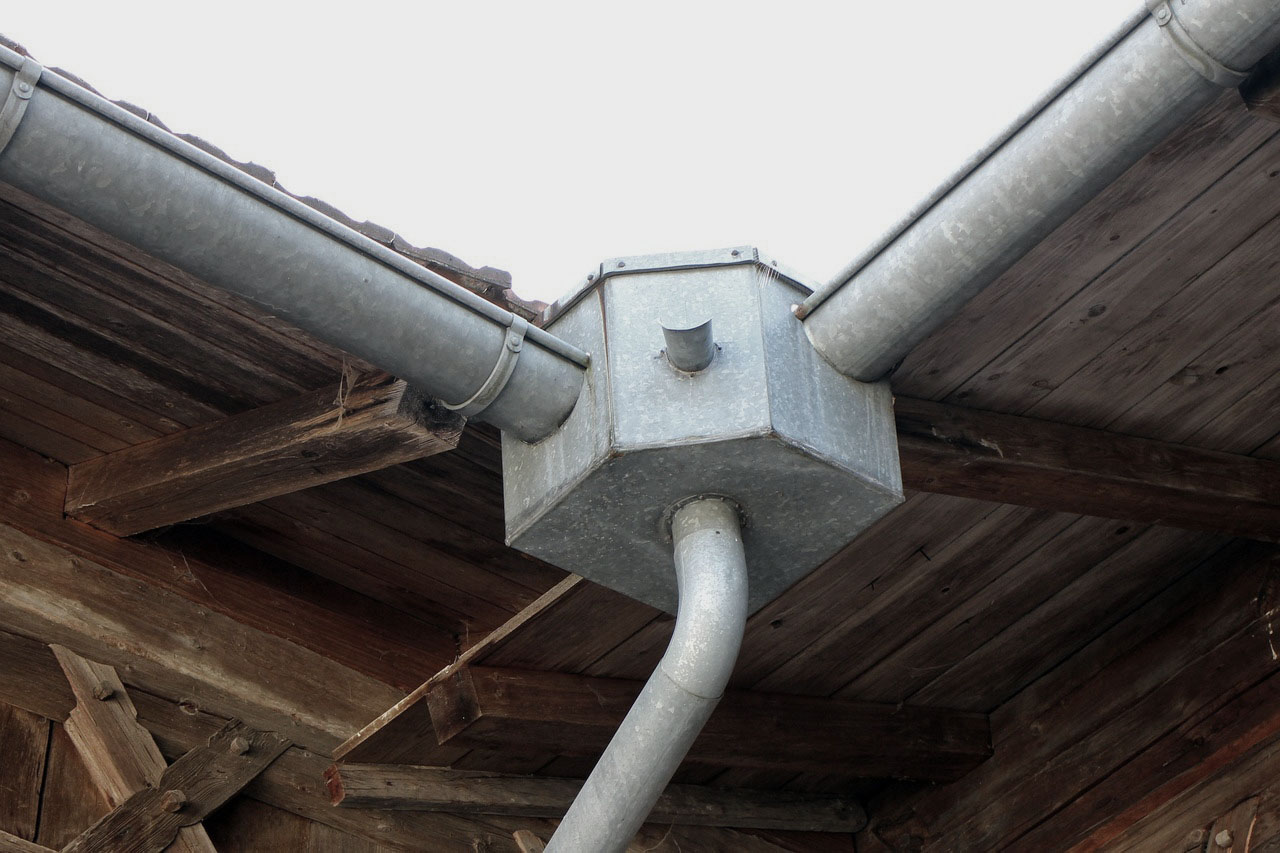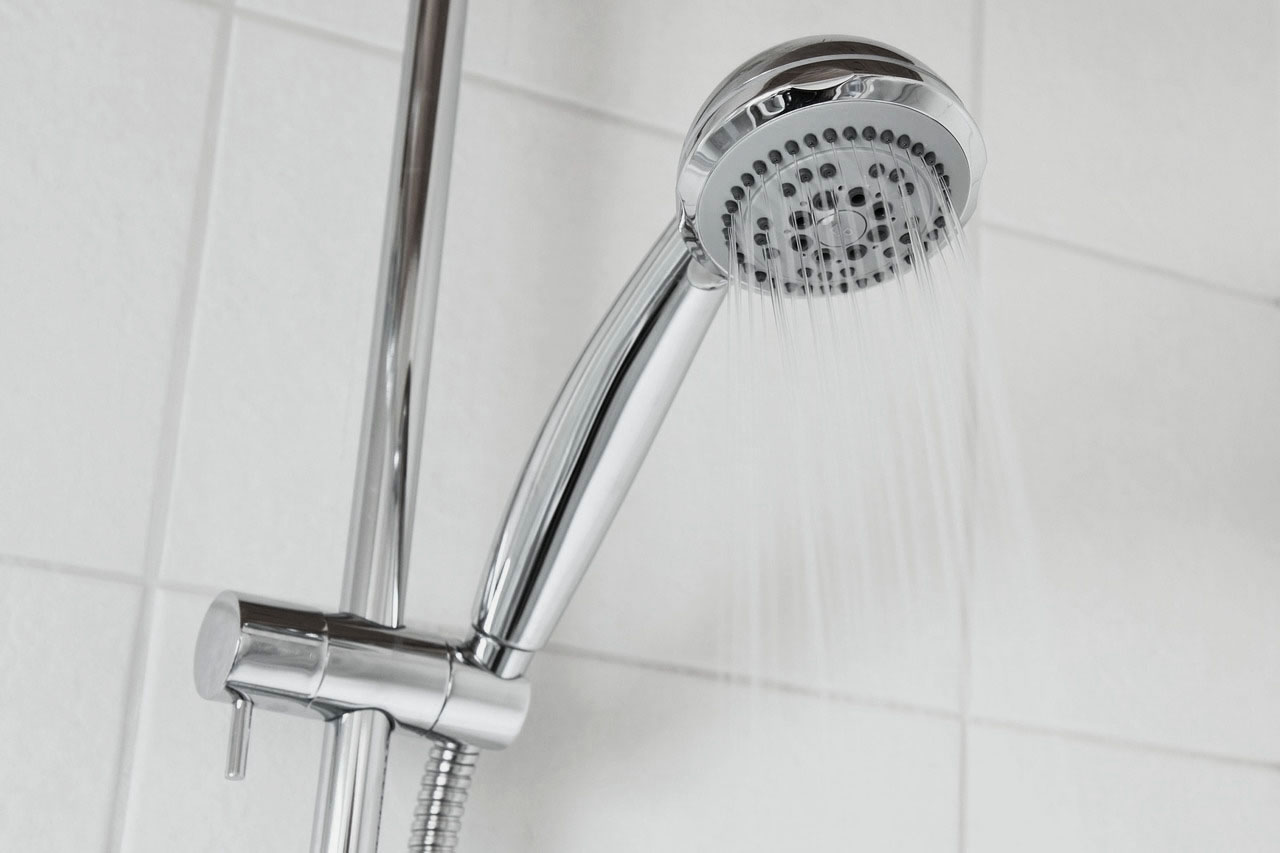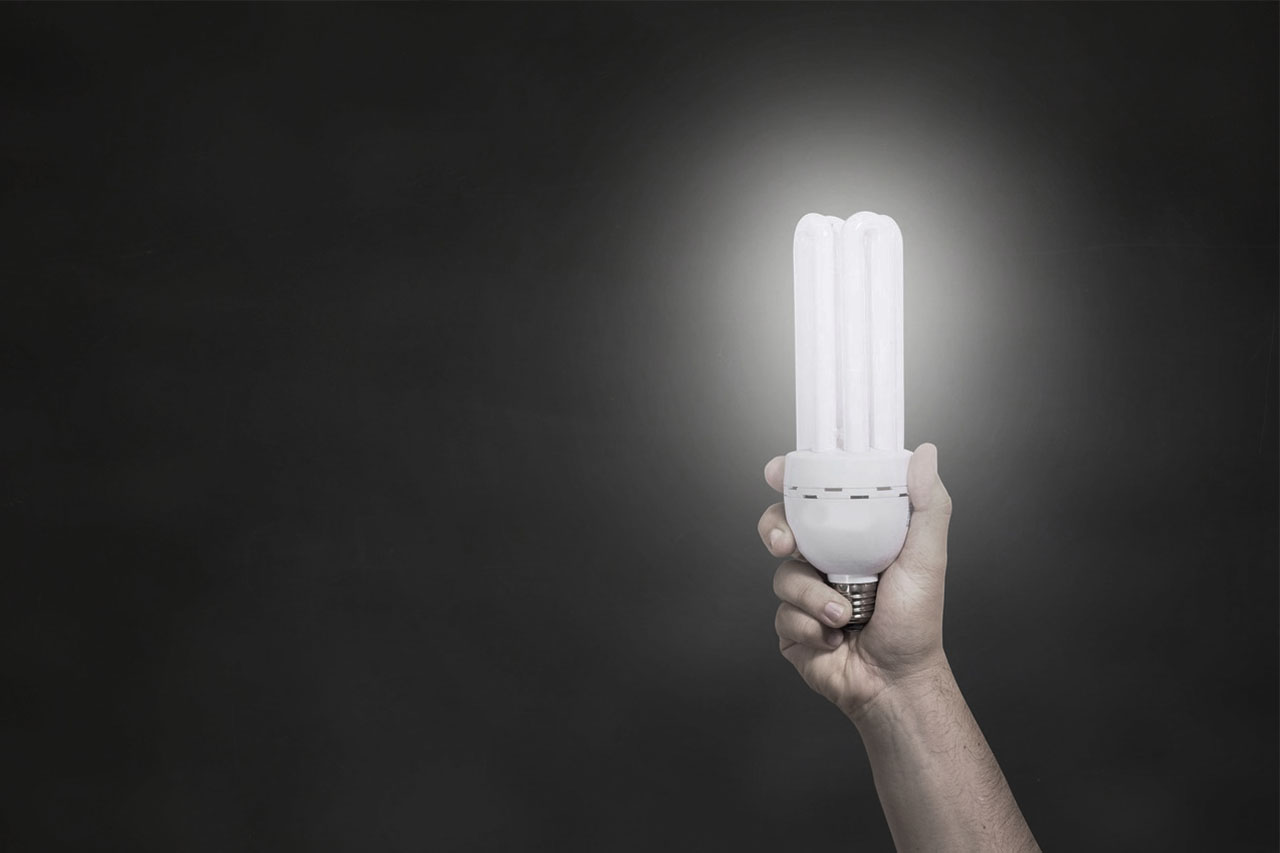Imagine a home where every object helps you save electricity and water, a home where electronic devices run on solar power, or a home where raindrops collected from your roof are used to water the garden days later.
Ideas like these are already a reality for people living a sustainable life and could also become a reality for you and your home. Your traditional villa can easily be transformed into a stylish and eco-friendly dwelling. To achieve this, it’s important to choose suppliers who are up to date with the latest trends and new materials on the market, such as AltoNivelReformas.es, who understand the importance of synergy between construction and decoration.
Whether you’re about to undergo a major renovation of your home or want to implement innovations gradually, here are some significant changes you can make to your home to improve the environment and reduce your bills.
Seal gaps around windows and doors
Old houses often have gaps around windows and doors that allow outside air to enter, but they also let heat escape from the inside during winter. If your house has these gaps and you have an HVAC system, it will escape, increasing your energy bills in both cold and warm months. Simply fitting weather stripping can prevent this and save you a lot of money on heating and air conditioning bills, making your home much more energy-efficient while caring for the environment.
Use rainwater for irrigation
By simply installing irrigation channels on the façades and buckets at their ends, water wasted every time it rains could be easily collected for reuse. This is highly recommended, especially in places with drier climates prone to drought. To install them, you may want to consider hiring a professional who knows how to securely attach the gutters and redirect the water to pour into the containers.

Rainwater irrigation channels
By filling these containers, you can store water for up to a month of irrigation; rainwater will not only help your wallet but is also much healthier for your plants as it doesn’t contain chlorine or any other harmful elements.
Solar panels
Installing solar panels will reduce your energy consumption and bill. The implementation of these panels is one of the most popular ways to practice sustainable living at home. While the installation may be somewhat costly, the panels will pay for themselves over time. However, you may still have to pay a small fee to your utility company each month to connect the panels to the public grid. There’s no doubt that solar panels are on-trend, making a stylish statement and an excellent way to save energy by generating your own.
Choose water-based paints
When it comes to decorating, you may want to opt for water-based paints with natural pigments. Currently, almost all paints used for home decoration are oil-based and therefore not as eco-friendly. Some people also believe that water-based paints offer a better variety of colors and are much more visually appealing.
Install low-flow showers
Older showerheads release more water than we need, causing it to accumulate and be wasted quickly on the floor or in our bathtub. The shower represents almost seventeen percent of indoor water use for an average family.

Installing low-flow headers reduces water use
Installing low-flow heads will save water and reduce your bill, especially if you’re one of those who takes “hours” to shower. And since these heads use less water, the use of water heaters will also be reduced, so you’ll save energy as well.
Energy-efficient appliances
When the time comes to replace an appliance, it’s advisable to choose an energy-efficient version. Just as you likely did with lighting, replacing bulbs with LED bulbs, electronic devices have evolved over the years to meet these needs.

LED bulbs and energy-efficient electronic appliances require less electricity and allow you to reduce the emission of polluting gases.
If you need to replace the dishwasher, washing machine, or dryer, make sure it’s also water-efficient, not just energy-efficient. Like solar panels, they can be a costly decision, but the investment will be rewarded with lower water and energy bills.




